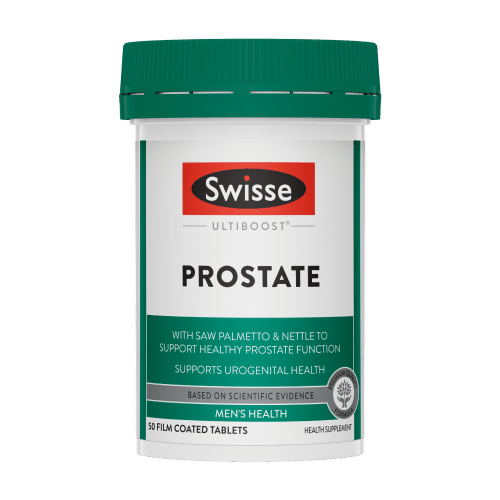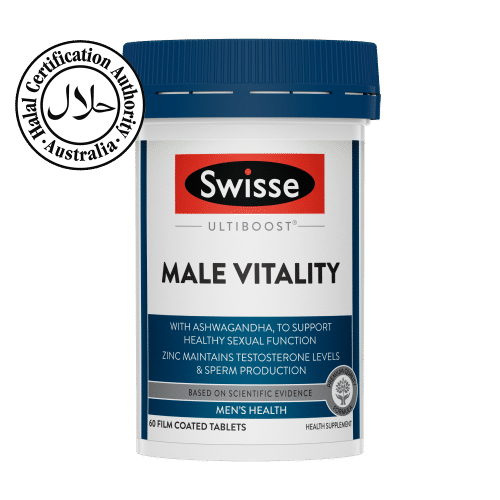The closest that any of us has come to a zombie apocalypse has been while watching shows like The Last of Us or playing video games like Resident Evil. However, it looks like we might be one step closer to experiencing something similar in the real world as well. Xylazine, a medication in the USA, is reportedly causing harmful ‘zombie-like’ side effects including, but not limited to, making people’s skin rot.
Health professionals are alarmed about this medication’s terrible side effects on the human body. According to the New York Post, the zombie drug had been approved by the United States Food and Drug Administration for veterinary purposes, but in recent years it has been found in other illicit drugs as well. In fact, even those suffering from substance abuse rarely consume Xylazine on its own. In most cases, it is usually consumed in drug cocktails that also contain fentanyl.
A new medicine, called Xylazine, or “tranq” has unleashed havoc in cities across the US by causing deadly symptoms including skin rotting. The Food and Drug Administration (FDA) of the nation licenced this “zombie drug” for use in veterinary medicine. #xylazine #tranq #drugs #us pic.twitter.com/9gyPAxiOjU
— TheoryOrb (@theoryorb) February 23, 2023
What is Xylazine?
Primarily used as a veterinary sedative and analgesic, Xylazine is a type of alpha-2 adrenergic agonist, which in simple English means that it works by binding to specific receptors in the nervous system that regulate the release of neurotransmitters like norepinephrine and dopamine.
In veterinary medicine, xylazine injections are commonly used to sedate animals for surgeries and to provide pain relief. It can also be used to calm animals that are anxious or aggressive. According to the FDA, the harmful drug has never been approved for human consumption, although it has seen an increase in illicit use as a recreational drug. It is considered to be a controlled substance and can be highly dangerous if used improperly. The side effects of xylazine can include drowsiness, slow heart rate, low blood pressure and respiratory depression.
What are the ‘zombie-like’ side effects of Xylazine?
A New Drug is Causing Horror on #US streets
★ #TranqDope is a mix of #Fentanyl, the opioid that has decimated America’s youth,
and a veterinary drug called #Xylazine. It is sold on the street for just a few dollars a bag.
Xylazine is a sedative for use in cows and horses. pic.twitter.com/TMbmfG19X6— Landon Maccann (@LandonMaccann) February 16, 2023
These days, Xylazine is being infamously called a ‘zombie drug’ because of its powerful sedative effects that can make people appear in a trance or ‘zombie-like’ state. The other alarming side effect is the visible rotting of the skin and the subsequent appearance of eschar. For those not aware of the term, eschar refers to a scaly crust of dead tissue that eventually sloughs off healthy skin after an injury. When used inappropriately, Xylazine can be highly dangerous, and can even lead to respiratory failure and/or death. Only licensed veterinarians are authorized to use xylazine, and that too for animals. Using it without proper medical supervision is extremely dangerous and potentially lethal.

Scientists Have Revived A ‘Zombie Virus’ That Is 48500 Years Old

Cordyceps: What You Should Know About The Scary Fungus Seen In ‘The Last Of Us’ That Actually Exists
(Hero and feature image credit: Courtesy Pexels/RF Studio and Kevin Bidwell)
Frequently Asked Questions (FAQs)
Xylazine is used as a veterinary sedative and analgesic. It is a type of alpha-2 adrenergic agonist, meaning it works by binding to specific receptors in the nervous system that regulate the release of neurotransmitters.
Xylazine is recently being called a zombie drug because of its powerful sedative effects. Human beings who consume it appear to be in a trance or zombie-like state.
The side effects of Xylazine include respiratory issues, skin itches, excessive sleepiness and the appearance of eschar.
Xylazine is not safe for human consumption. According to the FDA, the harmful drug is not approved for use by humans and should only be used on animals for veterinary purposes.







